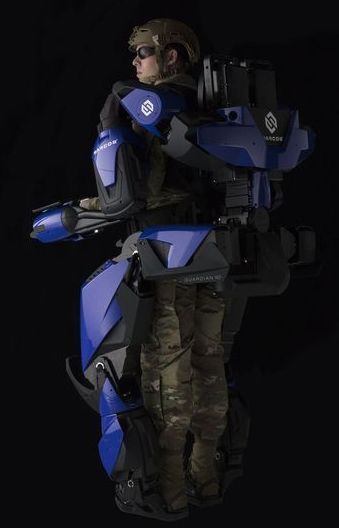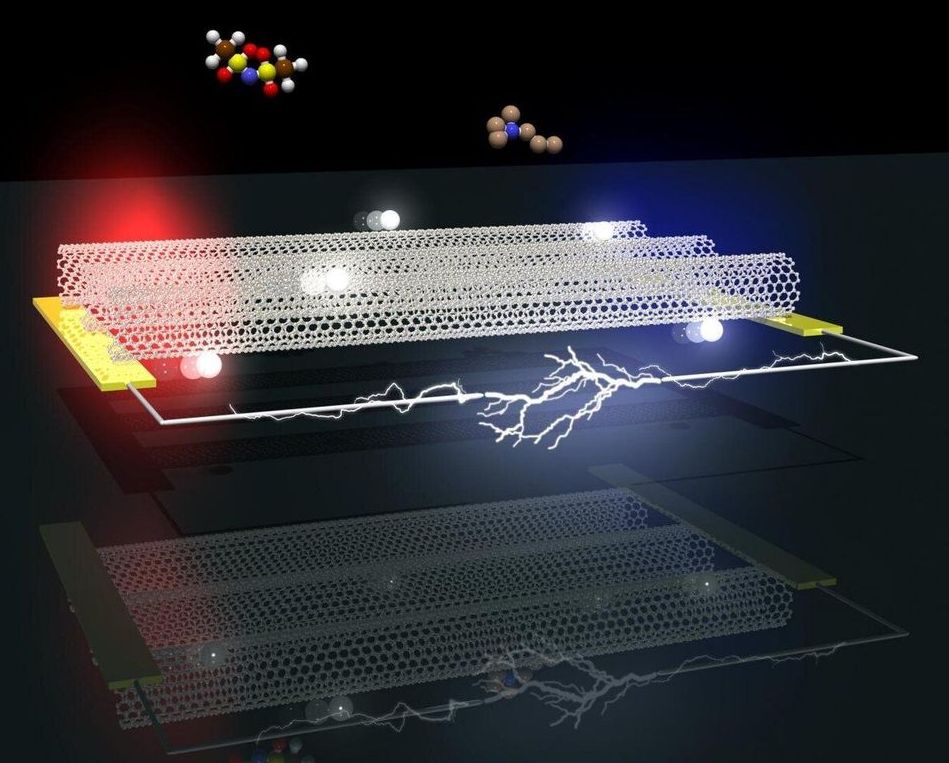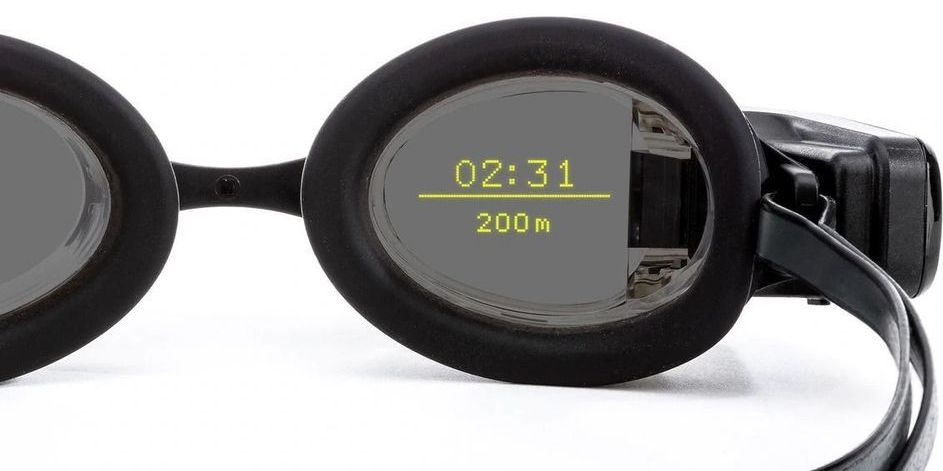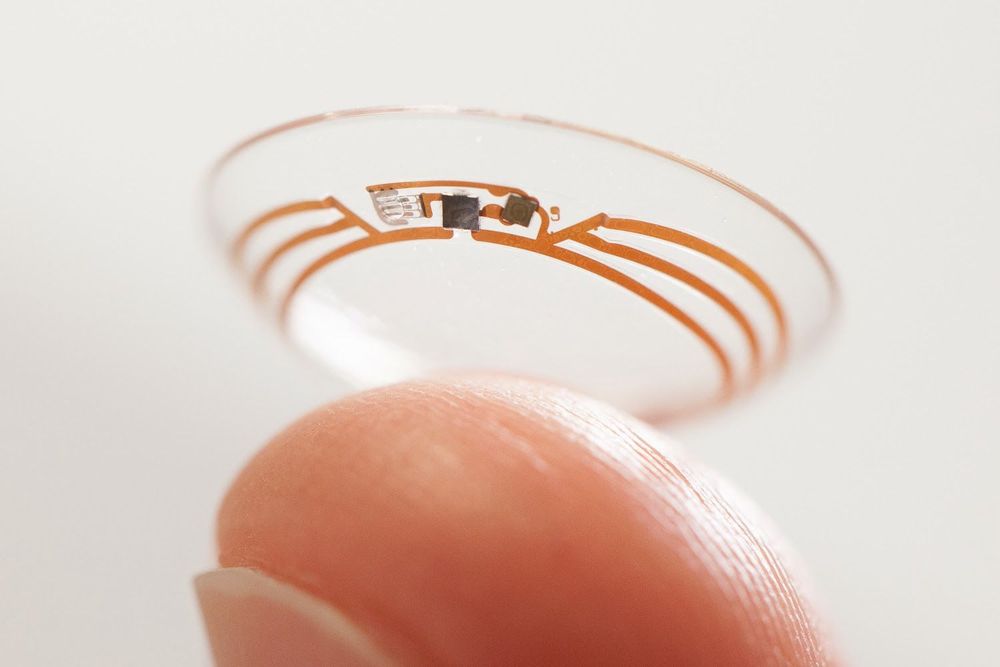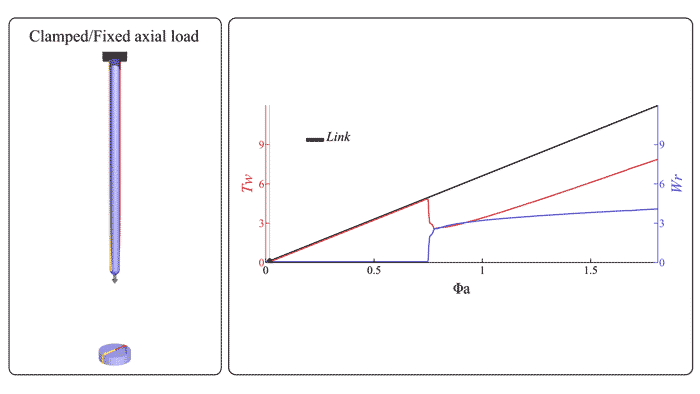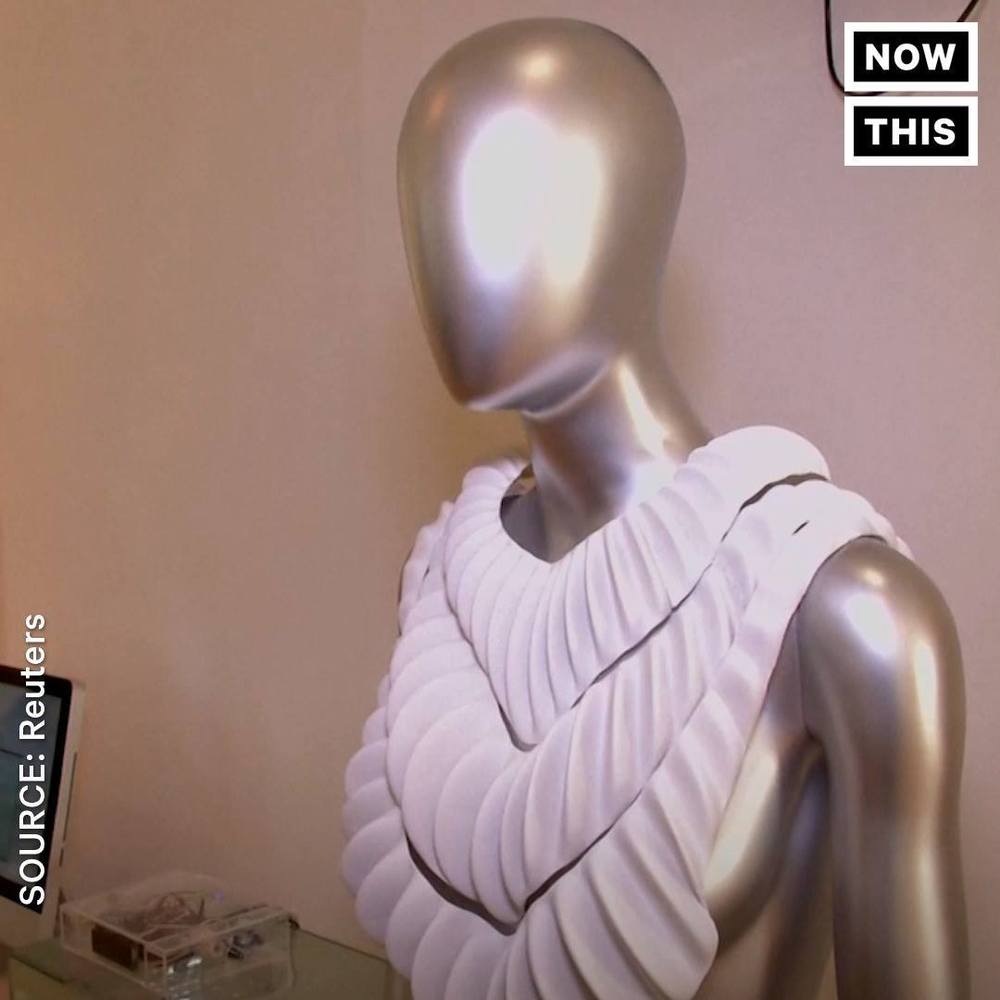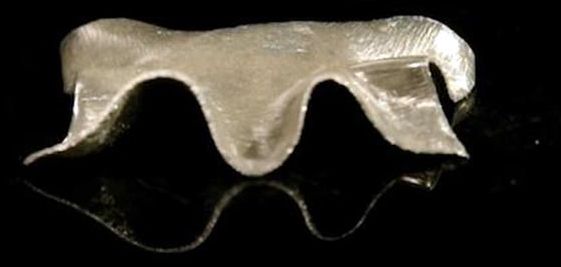Jan 9, 2020
Sarcos robo-suit turning Delta crews into superhuman man-machines
Posted by Genevieve Klien in categories: cyborgs, internet, robotics/AI, wearables
Sarcos sprinkled the flavor of the future on last year’s CES show when it revealed the latest evolution of its robotic exoskeleton technology, the Guardian XO. At this year’s CES, the Salt Lake City-based robotics specialist and Delta Airlines announced pilot trials, with Delta employees set to be among the first workers to suit up in the battery-powered, force-multiplying wearable robots, enjoying superhuman strength and endurance without body wear and tear.
Few things make us want to trade a cushy gig of rambling away about gadgets semi-coherently on the Web for a life of physical labor like the Guardian XO. A full-body robotic suit that turns its wearer into something of a near-cyborg superhero, the XO looks straight out of a dystopian sci-fi thriller and brings the capabilities to match. It bears its own substantial weight, along with 200 additional pounds (91 kg) of payload, letting the wearer lift heavy objects for hours without physical strain or fatigue.
Sarcos says the Guardian XO takes under 30 seconds to put on or take off, responds in milliseconds to the operator’s movements, and amplifies his or her strength by up to 20 times. It offers eight hours of battery power, and a hot-swapping battery system allows users to extend that operational time. All in all, it’s a highly impressive machine meant to help humans complete obligatory lifting tasks that would be difficult or impossible to tackle with more conventional lifting machinery.
